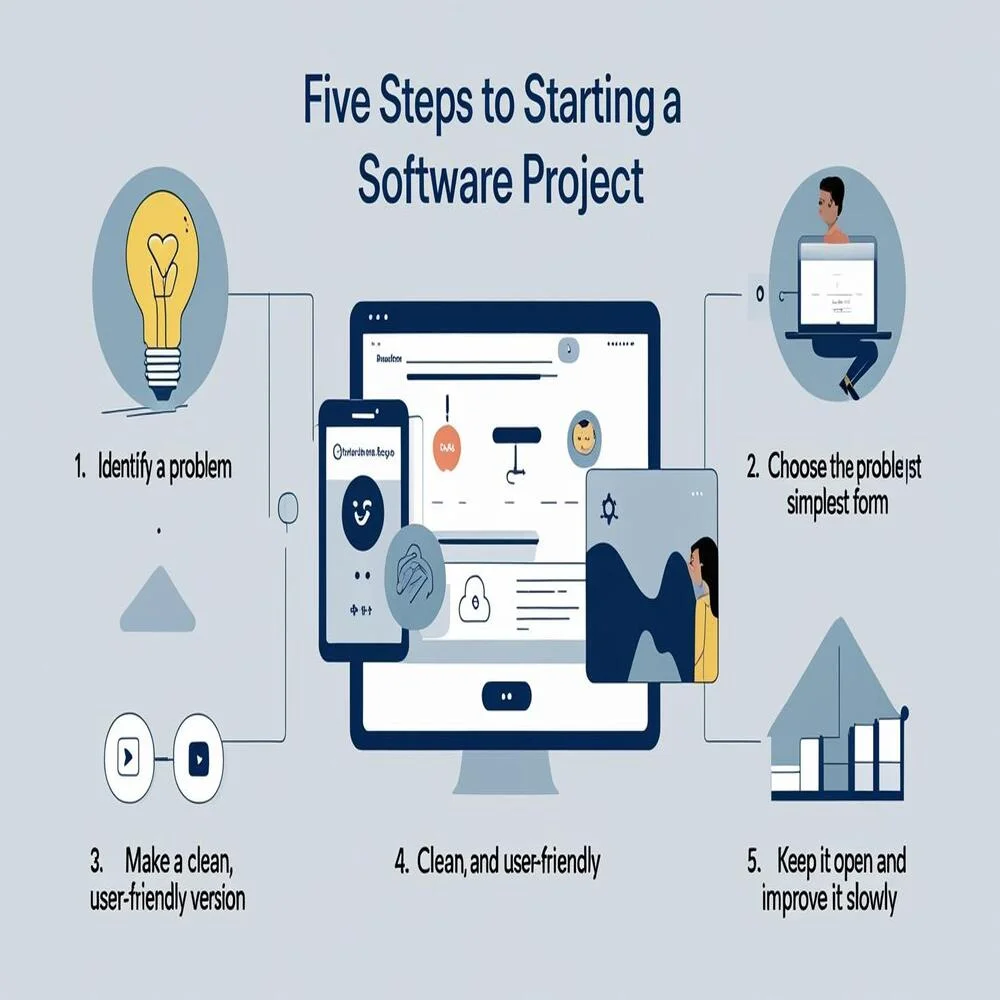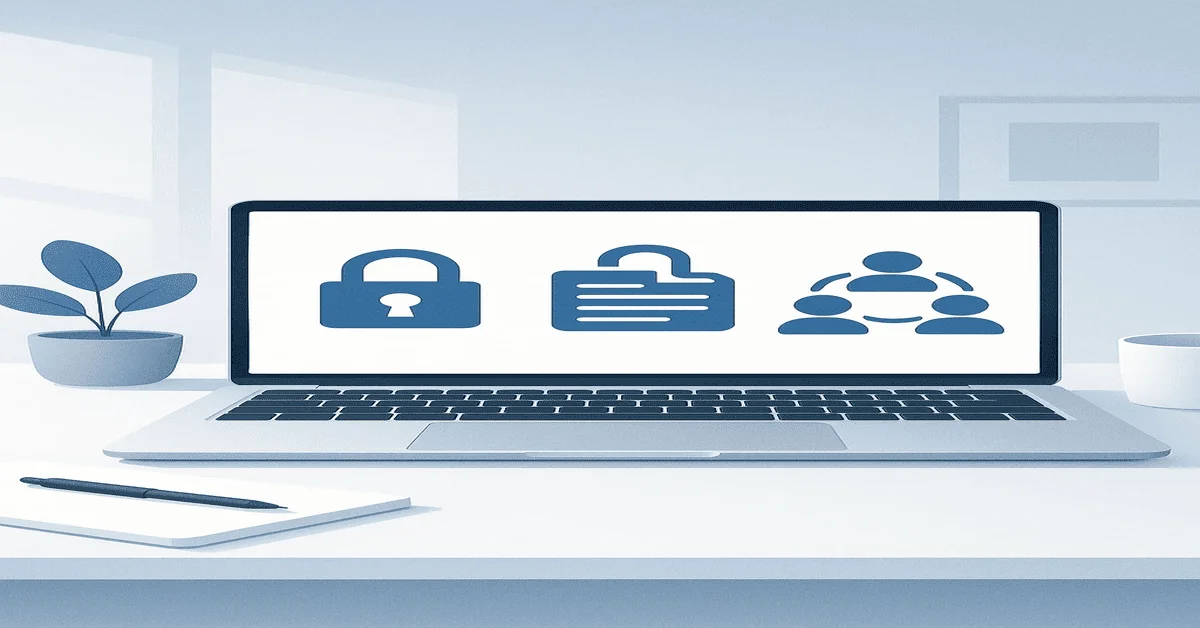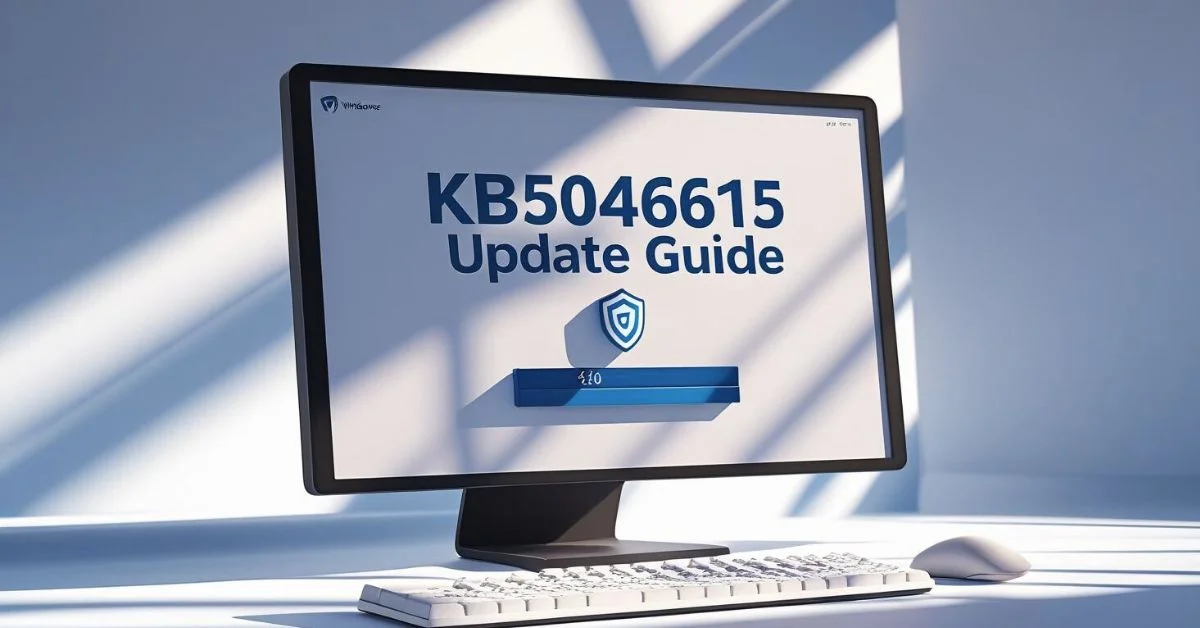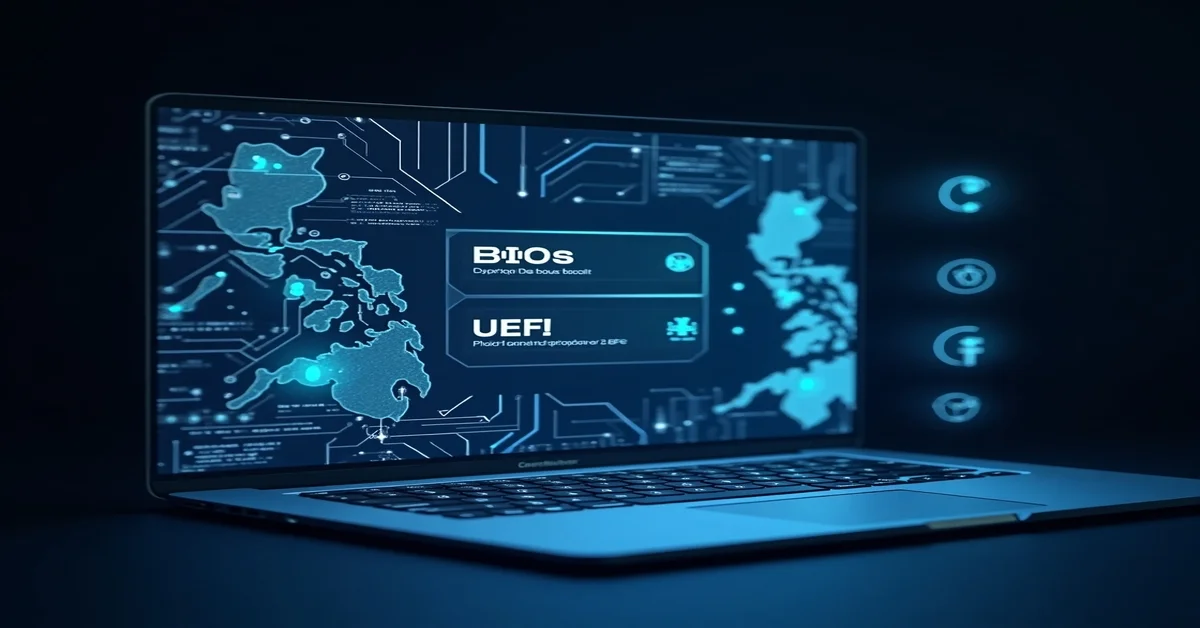The digital world is constantly evolving with new tools and platforms appearing every day. Some names become trends, and others slowly build their own space. One such term you may be hearing more often is “Frieware.” Whether you came across it online, in tech discussions, or in business tools, you might be wondering what exactly is Frieware.
What is Frieware?
Frieware blends the words “friend” and “software” to describe digital tools created with community, trust, and collaboration in mind. It’s more than just free access Frieware is built by friends or like-minded individuals to support each other in learning, growing, or simplifying everyday tasks. These tools are often free or low-cost, focusing on ease of use and sharing.
Key Ideas Behind Frieware
- Built for communities, not just individuals
- Created to solve real problems simply
- Free to use or supported by small donations
- No heavy ads, no tracking, no pressure
- Shared through personal circles or trusted networks
Frieware differs from traditional freeware, which mainly focuses on offering software at no cost without necessarily prioritizing user experience or ethical design. It carries a social or emotional element. It’s about sharing tools in a trusted space, not just offering them publicly to anyone.
How Frieware is Different?
Here’s how it clearly distinguishes itself from other types of software:
- Not Commercial Software: It is not sold in stores or as enterprise tools.
- Not Freemium: It doesn’t force users to upgrade or pay for basic features.
- Not Open Source (Always): It may or may not share its source code.
- Not Just Freeware: Freeware focuses on zero cost, while it adds a relationship-based value.
Frieware is often created by indie developers, educators, or creative teams who want to build a digital tool for a specific group, like a school, a nonprofit, or an artist community.
Benefits
Frieware is growing because people are tired of software that feels greedy, bloated, or confusing. Here are the real-world benefits Frieware can offer:
- Simple to Use: Designed with users in mind, not for profit.
- Security and Privacy: It prioritizes user safety and privacy by reducing data tracking, eliminating disruptive ads, and fostering trust through transparent practices.
- Created by People Who Care: Usually from someone who’s solving a problem they’ve faced themselves.
- Community Support: Questions and feedback often get answered directly by the creator.
- Affordable: Most are free or ask for donations to keep the project going.
Where Can You Find Frieware?
You usually won’t find Frieware on big marketplaces or app stores. Instead, it spreads through:
- Personal blogs
- Social media groups
- Tech forums
- Indie developer websites
- Community recommendations
This makes Frieware more niche, but also more meaningful. You get software that fits your exact needs and often has a small, friendly community behind it.
Examples of What Could Be Frieware
Since this is a concept in development, here are some fictional or real-style examples of what Frieware could look like:
- StudyShare: A free app made by a group of university students to help each other manage notes, schedules, and tips.
- LocalCook: A web-based tool where home chefs can organize, share, and print recipe books for their neighborhood.
- MindMap Mini: A lightweight mind-mapping app created by a mental wellness coach for their group sessions.
- TaskCircle: A to-do app shared in a productivity group with no ads, just simple collaboration features.
These tools aren’t made to grow into billion-dollar companies. They’re made to serve real people in practical ways.
Who Can Create Frieware?
Anyone can. That’s the beauty of it.
- A teacher making a worksheet generator for colleagues
- A parent building a daily planner app for their child’s functional needs
- A designer creating a drag-and-drop tool to help others make simple resumes
- A developer building a local event calendar for their neighborhood
Frieware is about solving small, real problems without the pressure of monetizing everything.
Challenges of Frieware
Like anything, it also comes with limitations:
- Not Always Scalable: Since it’s built for smaller groups, it might not work well for large teams or complex needs.
- Limited Updates: Many creators work on it part-time or as a hobby.
- Not Well-Known: Discoverability can be low unless it spreads by word of mouth.
- Support Is Informal: You might not get professional-level support.
But despite these, many users find Frieware refreshing and honest, a break from the usual software hustle.
How to Support Frieware Creators?
If you use or discover Frieware that helps you, here’s how you can give back:
- Leave feedback and thank the developer
- Share the tool with others who might benefit
- Contribute small donations if possible
- Help with translations or basic bug reports
- Post positive reviews on platforms or forums
Even simple gestures like sharing, donating, or offering feedback can keep Frieware tools evolving and accessible to more users.
Frieware in Education and Learning
One of the areas where Frieware is making a big difference is education. Teachers, tutors, and students often face tight budgets, especially in public schools or rural areas. Frieware gives them access to digital tools without the financial burden.
Educational Uses of Frieware:
- A simple quiz creator shared among teachers
- Flashcard tools for memorization made by students
- Group study tools for note sharing
- Reading timers or productivity trackers with no ads
In this way, Frieware helps bridge the digital divide by giving more people access to tools that would normally cost money.
Frieware for Creatives and Artists
Another group that benefits from Frieware is creative writers, designers, musicians, and artists who just want a clean, reliable tool without noise or paywalls.
Many Frieware tools are built to help artists focus on their craft, not on subscriptions or software complexity.
Examples include:
- A minimalist writing app with autosave and zero distractions
- A beat pad or loop maker shared by an indie music group
- A mood board app for visual storytellers
These are built and shared not for profit, but for purpose.
The Business Side of Frieware
You might think Frieware has no place in business, but that’s not entirely true. While it’s not designed for corporate profit, small businesses and startups can both benefit from and create Frieware.
For Small Business Owners:
- You might find tools built by other entrepreneurs who wanted to help the community.
- Many simple tools like invoice generators or checklist apps might be available as Frieware.
- These tools often come with zero ads and high transparency.
For Developers and Solopreneurs:
- Building a Frieware tool for your audience (like your newsletter or blog readers) builds trust and credibility.
- You may choose to add a Buy Me a Coffee link or set up a donation option to receive support from users.
- It serves as an entry point to your other services or paid tools, but without pushy tactics.
It allows businesses to show they’re here to serve, not just sell.
How to Start Your Project?
If you’re inspired to create your own Frieware tool, you don’t need a huge team or a lot of money. Start small. Here’s a simple guide to help:
Step 1: Identify a problem
What small task annoys you or your friends every day? Make a tool to fix it.
Step 2: Choose the simplest form
Is it a browser tool? A mobile app? A website? Don’t overbuild.
Step 3: Make a clean, user-friendly version
Focus on making it easy to understand. No popups, no distractions.
Step 4: Share it in your circles
Post it on Reddit, Twitter, GitHub, or your blog. Ask for honest feedback.
Step 5: Keep it open and improve it slowly
Don’t worry about rapid growth. Let it evolve naturally.
For those without coding experience, a variety of no-code tools are available to simplify development:
-
-
- Glide (for mobile apps)
- Notion + Super (for websites)
- Bubble (for full apps)
- Google Sheets with add-ons (for tools)
-
You can make a Frieware tool without writing a single line of code.
Final Thoughts
Frieware blends purpose with simplicity tools built by people, for people. In a commercial tech world, it offers a human touch. Tired of bloated apps? Try Frieware. A creator? Build and share. Even small tools can make a big impact.



